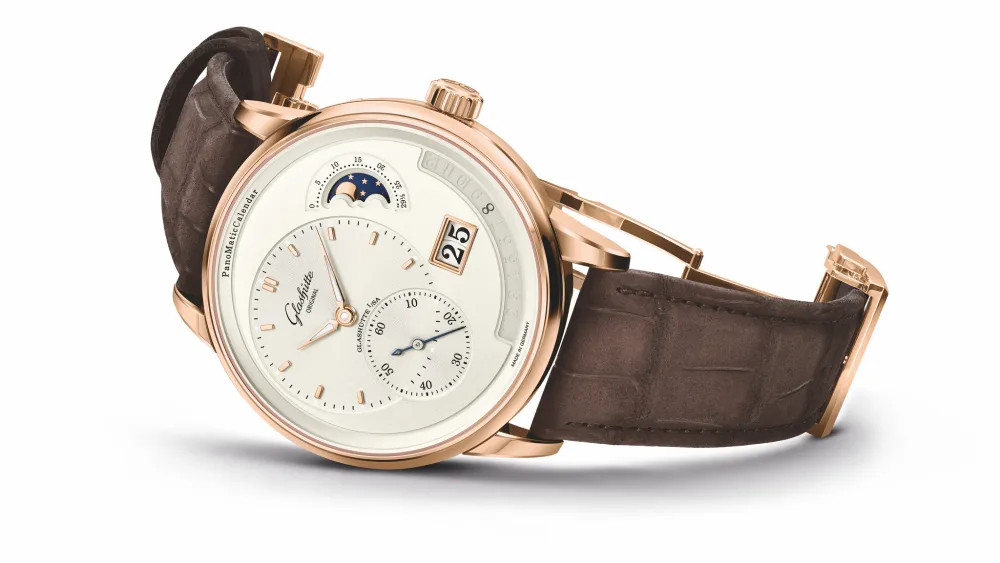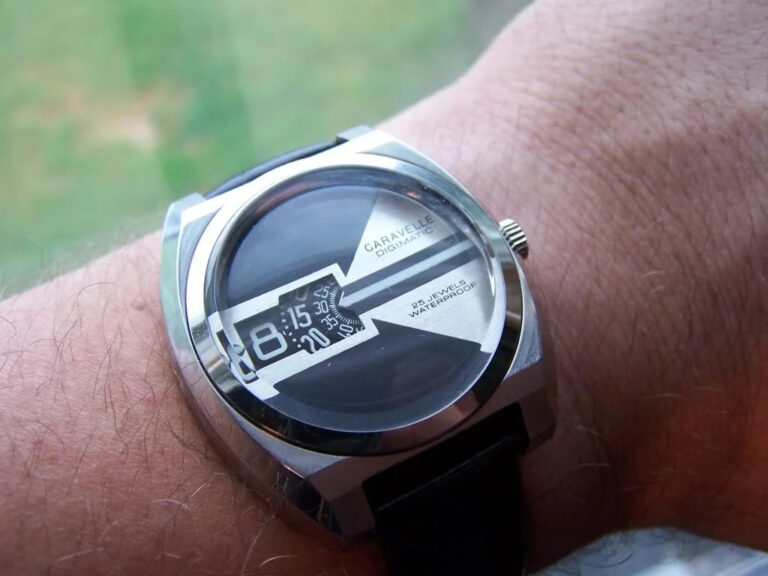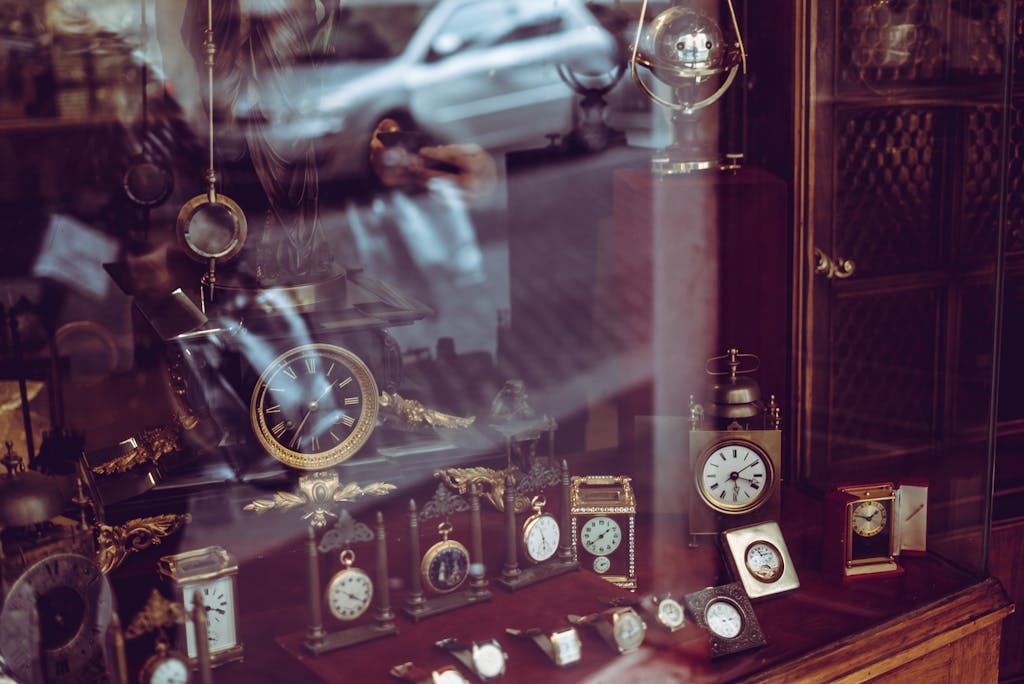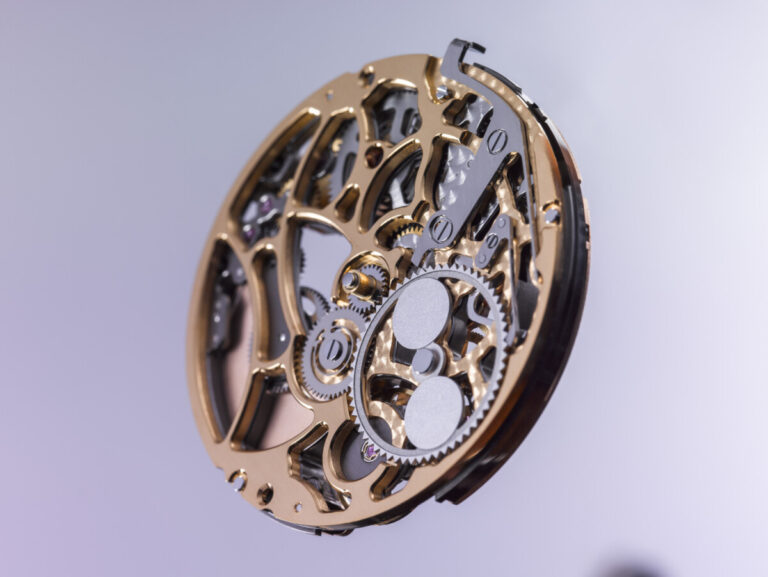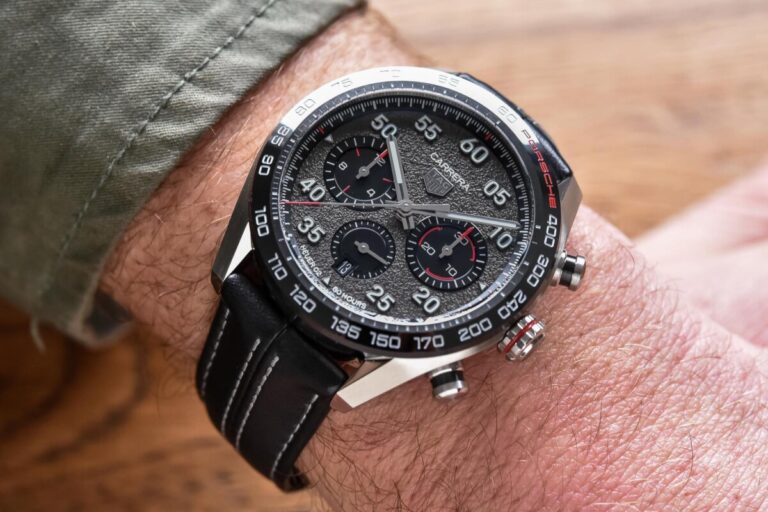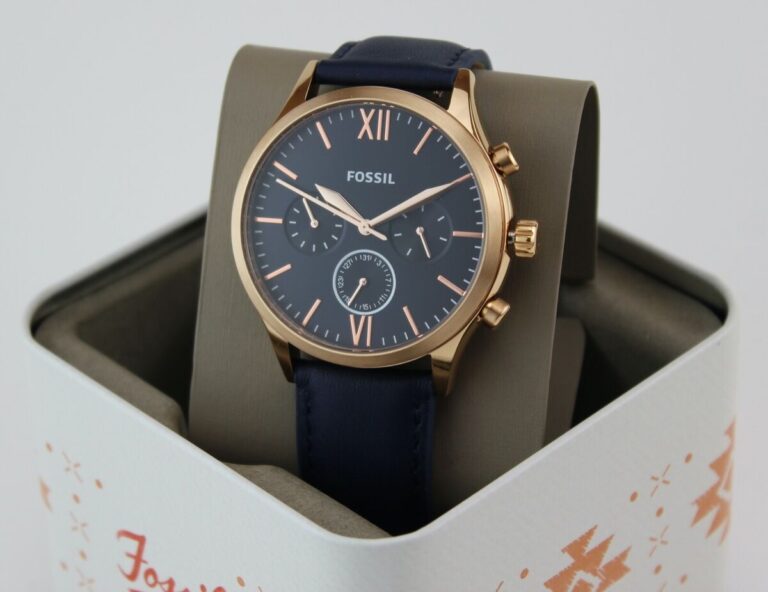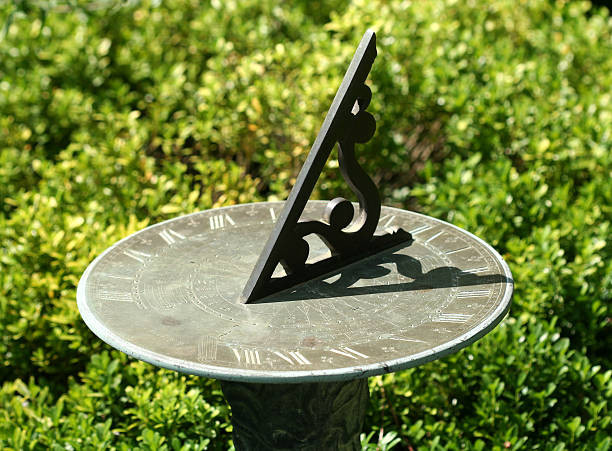As a watch enthusiast, I’m constantly drawn to the intriguing and beloved moonphase watch complication. These quirky, romantic, and scientific timepieces appeal to me on multiple levels with their unique display tracking the cycles of the luminous moon.
In this article, I’ll explain exactly what a moonphase watch is, explore the different design variations, provide a brief history, clarify how they work, and highlight reasons why you too should consider adding one of these special watches to your collection.
The Moonphase Complication: What Is It Exactly?
A moonphase watch is defined by its feature of displaying the current phase of the moon through a circular aperture on the watch dial. This aperture shows a representation of the moon itself, cycling through the phases like the:
- New Moon – The moon positioned between the earth and sun, rendering it invisible from our view.
- Half Moon (Right Side) – The moon about a quarter of the way through its orbit around the earth, with its right half illuminated by the sun.
- Full Moon – When the moon is opposite from the sun’s position, reflecting maximum sunlight and appearing as a complete illuminated disc.
- Half Moon (Left Side) – The mirror image of the right half moon, with the left portion visible.
There are two main types of moonphase watch designs and movements – the traditional mechanical, and the modern quartz version. Mechanical moonphase watches feature an actual moving moonphase disc driven by the watch’s movement, slowly rotating to display the progressing lunar cycle.
Quartz moonphase watches are battery-powered but precisely programmed to automatically display an accurate rendered image of the current moonphase, without needing a rotating disc mechanism.
The Bosom Moonphase Watch Design
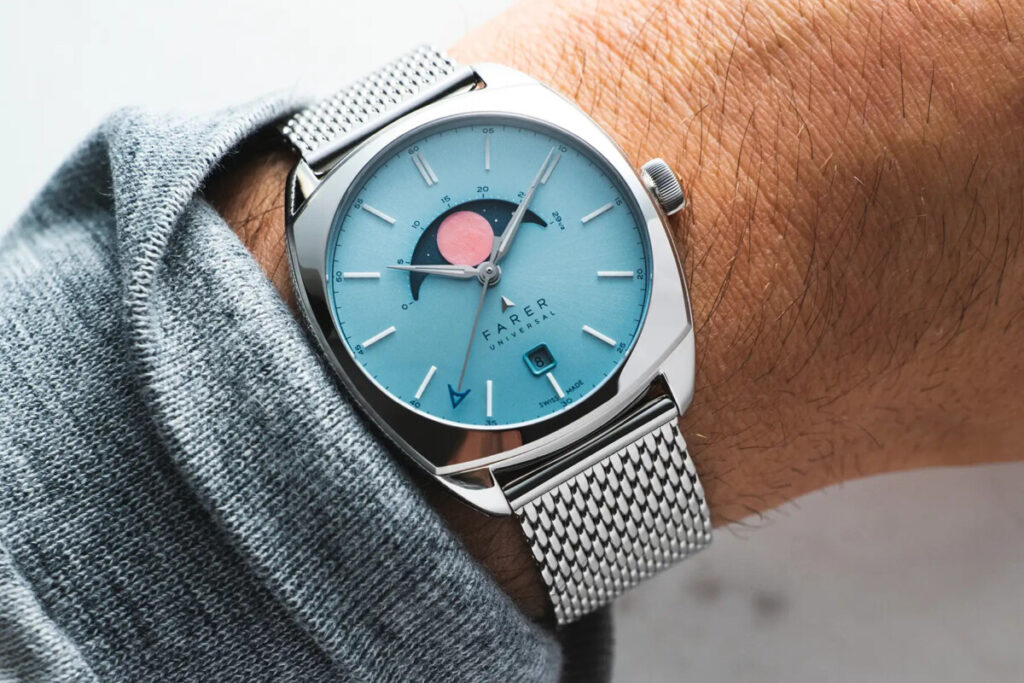
The most common moonphase watch features what’s known as the bosom design. This places the semi-circular moonphase aperture at roughly 6 o’clock on the dial, often with a rendering of the earth or clouds in the lower portion.
The moon itself cycles through the different phases, waxing and waning from the right side of the aperture across to the left. Bosom moonphase watches are considered the most traditional and elegant style.
The Radial Moonphase Watch Design
An alternative layout is the radial moonphase design, placing the moonphase display in its own smaller subdial on the main watch face. Here, the moon doesn’t physically move, but small hands point to rendered imagery depicting the current phase.
The radial approach involves a different driving mechanism than the rotating bosom disc, but still accurately tracks the lunar cycle. Radial moonphases provide more emphasis and attention on this specific complication.
A Brief History of the Moonphase Watch Complication
While rudimentary moonphase calculations and astronomical mechanisms date back to ancient Greece, the inclusion of a lunar phase display on timekeeping devices didn’t emerge until many centuries later.
Moonphase watches have their origins in the 1500s and through the 16th century, as the complication started being incorporated into clocks, especially church and longcase (grandfather) clocks of the era. Displays of the moonphase were important tools not just for astronomy scholars, but for sailors navigating by the stars and tracking tides influenced by the moon.
It wasn’t until the 19th century that moonphase complications transitioned into pocketwatches, continuing their use for celestial navigation and tide calculations over the oceans. The invention of the wristwatch in the 20th century brought moonphases to the modern era, when Swiss watchmaker Patek Philippe debuted their first wristwatch with the feature in 1925.
The moonphase watch complication also went on to influence and enable more complex astronomical calendars and perpetual calendar watches able to accurately track long-term lunar cycles.
How Does a Moonphase Watch Work?
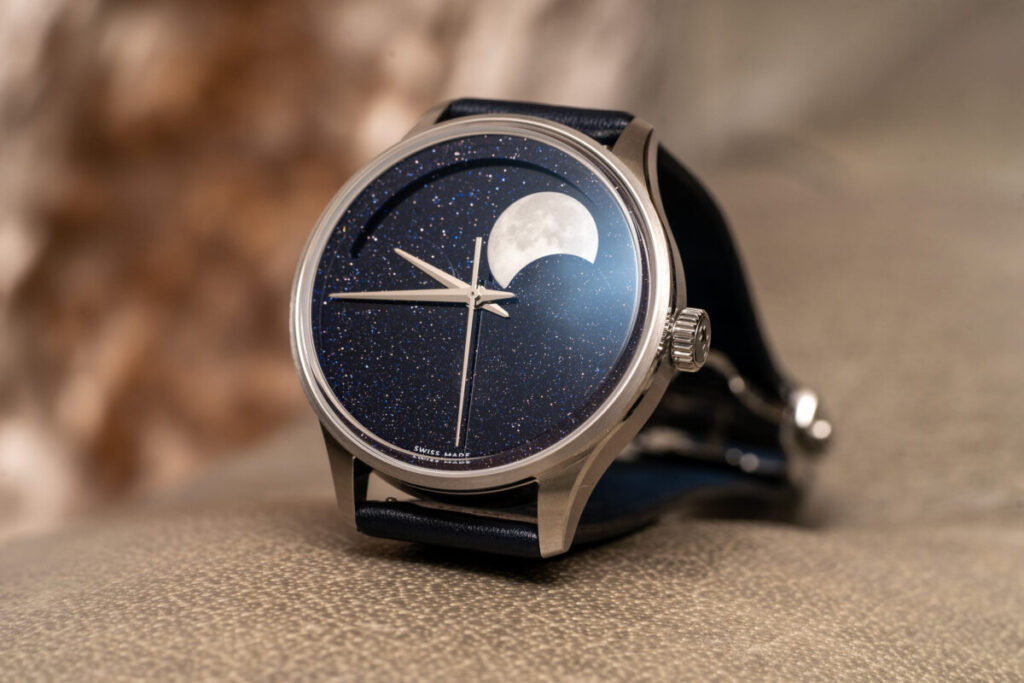
Let’s take a look at the inner workings powering the display of the lunar dance across our watch dials. At the center is the moonphase disc itself, containing two identical moon images, one for the waxing phases building up to full illumination and the other waning down to the new moon.
In traditional mechanical moonphase movements, a precisely calibrated gear train connected to the watch’s main gear train rotates the moonphase disc at the exact rate required to mimic reality – with one full revolution taking 59 days, or two full moon cycles of 29.5 days each.
Subtle adjustments and specially modified gears are needed to recreate the fractional daily increments through which the moon progresses phase by phase. It’s a delicate, intricate complication executed solely through the craftsmanship of the watchmaker and mechanics of the movement itself.
Quartz moonphase watches take a different technological approach, utilizing transistors and microchips programmed with the moon’s cycle to electronically trigger images depicting the accurate phase on the designated day. While not as romantically mechanical, quartz moonphases are often more affordable and maintain superior accuracy over longer durations before battery changes are needed.
Setting Your Mechanical Moonphase Watch
If you do own a fine mechanical moonphase watch, you’ll need to initially set and periodically adjust the complication to keep it in sync with the actual lunar cycle. Here are the basic steps:
- Set the hands to 6:30 – This is considered a safe zone for adjusting complications on mechanical watches without the risk of damaging components.
- Determine the current moon phase – Check an astronomical calendar or website to verify the exact phase the moon is in today.
- Adjust the moonphase disc position – Using the designated moonphase adjuster, move the disc to the appropriate full moon representation.
- Twist the crown forward – For each day that has elapsed since the last full moon, turn the crown forward one day to advance the moonphase to today’s phase.
While not difficult by any means, this periodic involvement is part of the appeal and sense of connection for many moonphase watch owners.
FAQs About Moonphase Watches
With the background on moonphases covered, let’s address some frequently asked questions:
What is the purpose of a moonphase watch?
While moonphase complications originated as practical astronomical tools for tracking lunar cycles important to astronomers, agriculturalists, and ocean sailors, their purpose today is predominantly for aesthetics, romantic intrigue, and appreciation of scientific principles.
Are moonphase watches worth it?
The worth and value of investing in a moonphase watch is highly subjective, but the complication can be found at a wide range of price points to match different budgets and interests. Timepieces with high-quality Swiss mechanical moonphase movements do come at a premium, but more affordable quartz versions provide this unique feature for as little as a few hundred dollars.
Why are mechanical moonphase watches so expensive?
The complexity of engineering and manufacturing a mechanical movement that accurately recreates the lunar cycle through a rotating disc governed by intricate gear modifications results in considerable expense for high-end moonphase watches from luxury brands. Lower cost mechanical examples from respected makers like Seiko and Orient can provide an intro to this hallowed complication at an accessible price range.
Conclusion: A Watch for All Seasons and Phases
From this exploration, it’s clear why moonphase watches hold such wide appeal across diverse audiences. The dress watch enthusiast is drawn to their elegance and traditional roots. Those with quirky, unique styles find the moonphase’s whimsical dance charming and fun. And for the scientifically or astronomically-inclined, there’s inherent engagement with this representation of our celestial companion’s ever-changing phases.
With a range of designs from the classic bosom to radial subdial styles, combined with both mechanical and quartz options spanning many price points, moonphase watches offer versatility to suit a variety of tastes and budgets. Their combination of history, mechanics, astronomy, and style results in timepieces transcending functionality to become miniature pieces of celestial art on the wrist.
Do you have a favorite moonphase watch in your collection? I’d love to hear about it and what drew you to add this romantic complication to your rotations. For those who don’t yet own one of these special watches, I encourage exploring the options and considering taking the plunge into the world of lunar timekeeping. You may find a moonphase is the perfect watch for all your wrist’s seasons and cycles.

